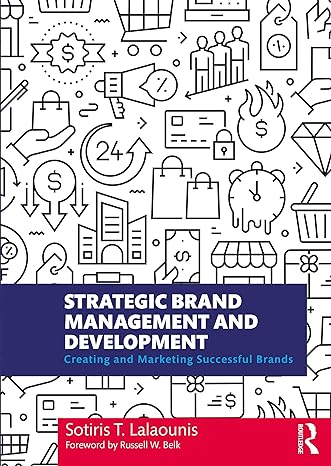3. Can research ever avoid observation bias? Name some methods you think might lead to more bias,...
Question:
3. Can research ever avoid observation bias? Name some methods you think might lead to more bias, and some that would lead to less bias in the results.Mathilde Leblond Senior Design Researcher When working at an insights and innovation agency, a food delivery company approached us with the aim of driving more frequent use of their app. The company was doing relatively well, but was facing increased competition from newer players and saw stagnating sales through its app. It was no stranger to quantitative research – they had a brand tracker which highlighted the occasions people chose to order through them over competitors, had conducted a segmentation study which had helped them define their user base demographically and attitudinally, and had recently sent a survey to lapsed customers.
This had armed them with data to describe the current situation – but they lacked generative insights to inspire their brand marketing teams. One issue was that the research had focused so much on the brand and its direct competition because quantitative surveys force respondents to consider a pre- populated list to select from.
However, real- life is much more fluid than that – for the same occasion, customers may be weighing up different take- away providers, but also whether to cook, snack, go to a restaurant, have a beer, go to the cinema, etc (see Christensen, Hall, Dillon, &
Duncan’s (2016) ‘Jobs- To- Be- Done’ framework for more on this). Another issue was that the quantitative data lacked the deeper, more granular understanding of how customers use their app, but also, what it means to them, what emotional state they find themselves in when ordering, and what influences their choices.
Step by Step Answer:

Strategic Brand Management And Development Creating And Marketing Successful Brands
ISBN: 978-0367338756
1st Edition
Authors: Sotiris T. Lalaounis






